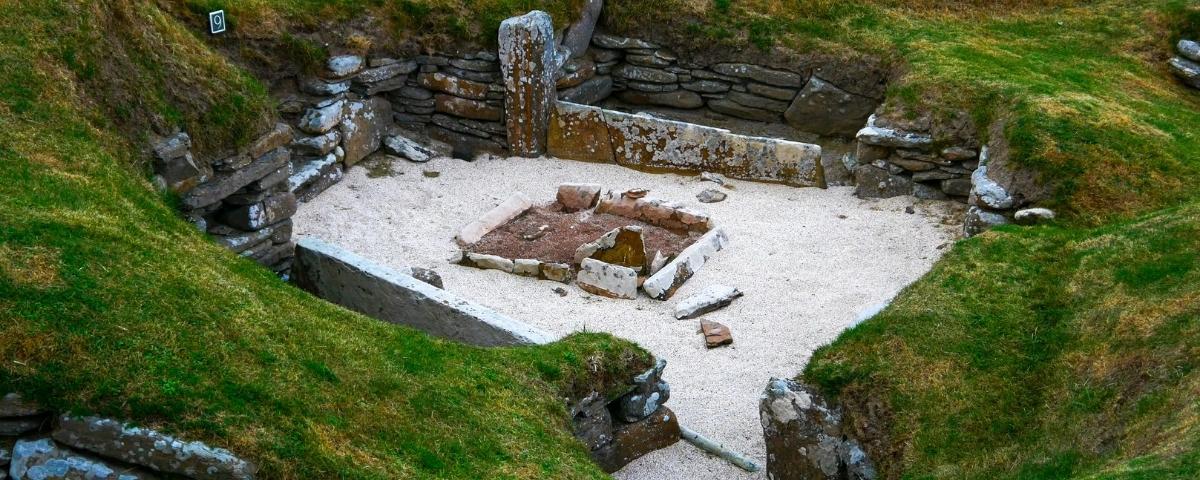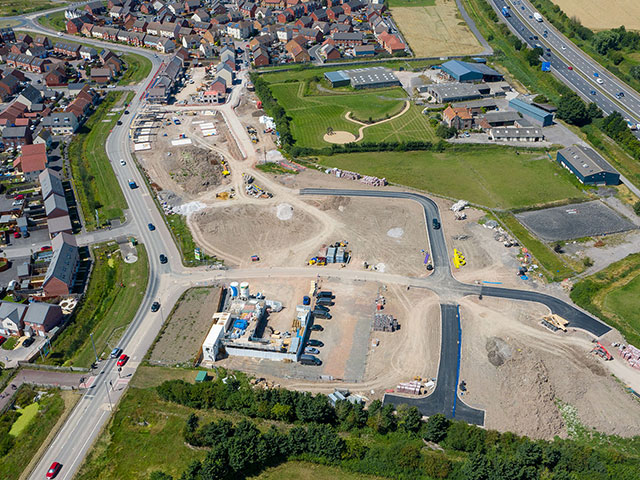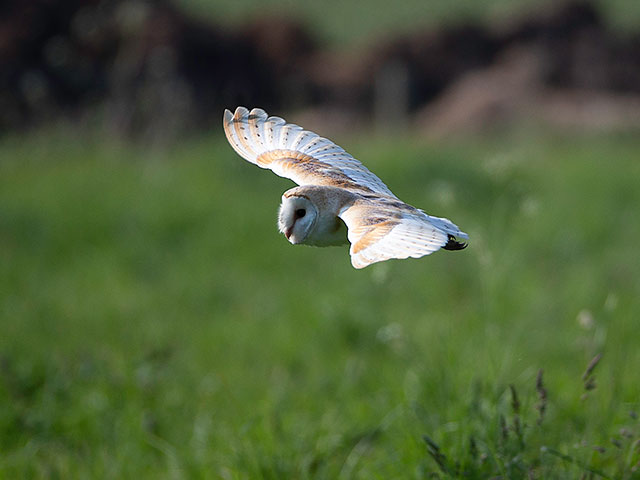
Tia is an Archaeological Consultant within our environmental team with particular interest and expertise in airfield archaeology, a specialism that offers a captivating window into the past and helps preserve the historical remnants of aviation facilities pivotal in the 20th century.
These sites have a modern-day significance which Historic Environment Consultants like Tia have a role in preserving and documenting to enable development of the sites. Tia began her career with Tetra Tech in 2021.
Can you explain what Airfield Archaeology entails and its significance in modern Archaeology?
Since their initial development in the 20th century, many existing airfields are no longer operational or are under the control of private ownership. The expansion of airfields during the Second World War led to the construction of various structures, including aircraft hangars, airfields, battlefield HQs, control towers, and officer’s messes, many of which have endured the test of time. These remnants stand as tangible links to a critical period in history and carry immense significance within archaeology. What particularly fascinates me about these structures is their individuality, as each airfield site boasts unique architectural elements not commonly found across the United Kingdom. They also hold a large heritage value in being a symbol of Britain’s contribution to the war effort.
As an Historic Environment Consultant, what role do you play in assessing these sites?
As an Historic Environment Consultant, it is my responsibility to undertake appropriate surveys to assess the potential of unrecorded archaeological remains within the site, and to assess the impact of a proposed development on nearby built heritage assets to enforce sustainable development. As many of the structures existing on these sites were constructed in the 20th century, there is always a huge potential to maintain and reuse these sites in future development. This is encouraged where possible due to the cost efficiency benefits for the client and the material reuse for the environment.
In your experience, what are some of the common challenges that arise during Airfield Archaeological projects, and how do you address them?
Military sites and airfields consist of large areas of buildings and hardstanding that have developed on former open areas of greenfield as well as open space to disperse buildings protecting them from bombing. These sites are landscapes in themselves, compared to the smaller sites we might look at elsewhere, such as in town centres. Many of these developments occurred on land that had not undergone significant (or any) archaeological survey prior to construction, therefore a lot of the historic landscape that exists is buried underneath these sites. It’s common that during our work, we find there to be a high potential for previously unrecorded archaeological remains to survive in situ below this hardstanding. One of the most archaeological significant examples of this was the excavation of a Saxon burial of a warrior and his horse, directly in the centre of RAF Lakenheath.
We address this by providing appropriate assessment techniques to identify potential archaeology that may remain. This involves scoping and managing fieldwork on site to ensure any potential archaeology being excavated and recorded in an appropriate manner. We might use geophysical surveys, trial trenching or larger, open area excavations to identify issues. We can then work to develop archaeological mitigation – whether preserving remains or ensuring they are recorded before development takes place.
We can also look at historic buildings and advise on their suitability for re-use or, if they are to be demolished, ensure they are properly recorded. Some of these buildings may have important historical connections to famous people, squadrons or events.
Have you been involved in any particularly intriguing archaeological projects at an airfield site?
I recently completed a Built Heritage Assessment on an airfield which involved me undertaking an in-depth site walkover survey to assess the condition, significance, and heritage value of the built heritage assets on site. I suggested ways in which their condition could be maintained and restored, and in some cases, suggestions on their reuse for modern purposes. It was great being able to survey the interiors and exteriors of these buildings and to discuss their significance in relation to their function in the Second World War and then into the Cold War, when the site was part of the UK nuclear deterrent. It was great to see my recommendations being taken into account and knowing that you have taken an active role in the preservation of heritage assets.
How are you Leading with Science® in the airfield archaeology industry, what modern tools or techniques do you find most valuable in your work?
Modern technology such as aerial photography, historic mapping and LiDAR (Light Detecting and Ranging) images have become widely available from online databases. Without these, it would not be possible to fully understand how the site has developed since its early uses. It is possible to identify any potential archaeological features that exist within the ground including former field boundaries, river channels and former roads and footings of buildings that are not always visible above ground, but which existed before the arrival of the airfield.


